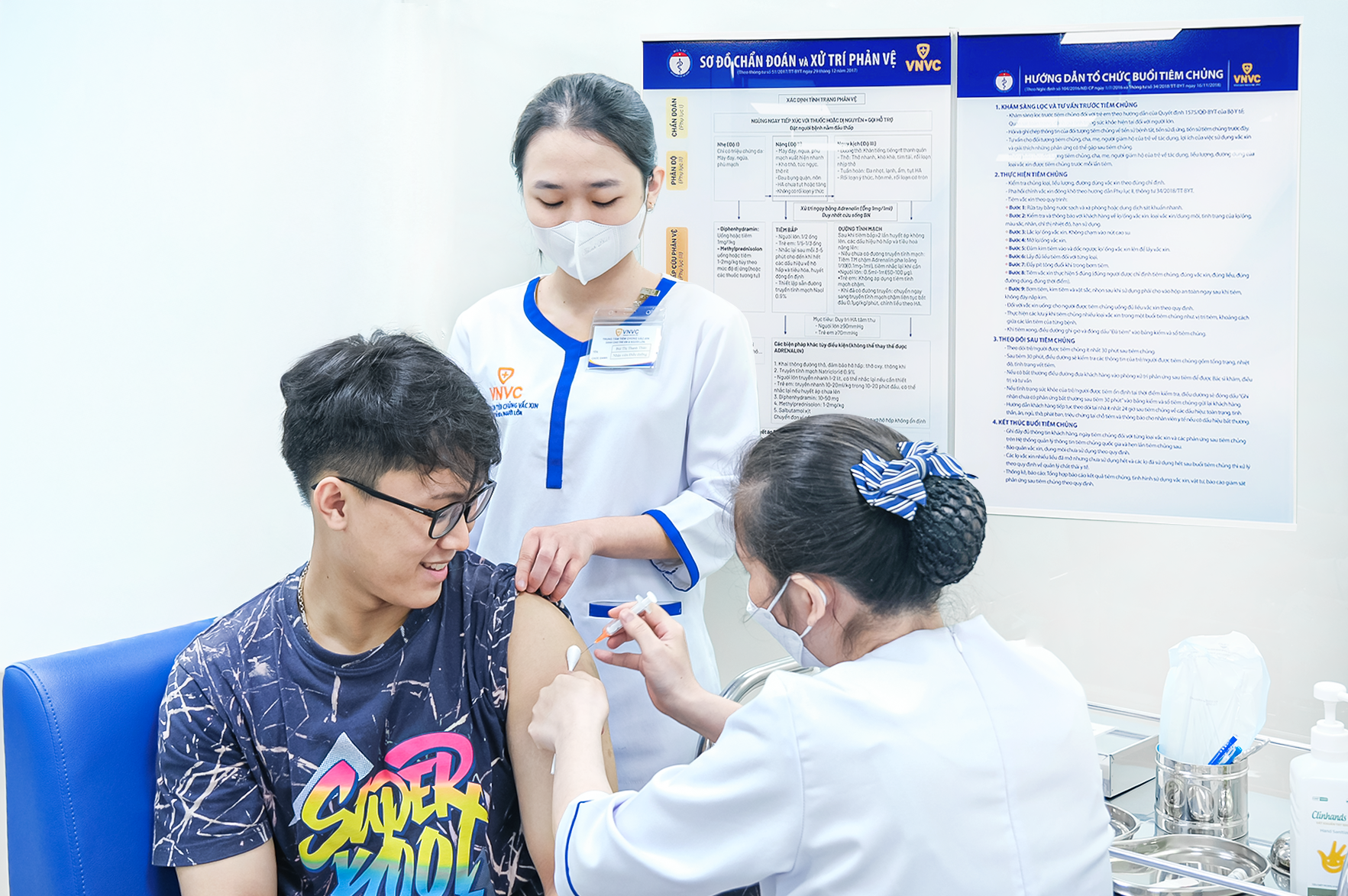Doctor Tran Huynh Tan, Medical Manager of VNVC Vaccination System, emphasized this point following a rabies fatality in Dong Nai province. The victim was licked on an open wound by a pet dog and did not receive the rabies vaccine. Five other individuals who butchered and consumed the dog were subsequently exposed to the virus. Doctor Tan highlighted these actions as common yet often overlooked ways people increase their risk of rabies exposure.
 |
Kissing dogs or letting them lick your face, eyes, mouth, or open wounds can expose you to bacteria, parasites, and the rabies virus. Illustration: Vecteezy |
Kissing dogs or letting them lick your face, eyes, mouth, or open wounds can expose you to bacteria, parasites, and the rabies virus. Illustration: Vecteezy
Exposure through licks on open wounds or the face
According to the Department of Preventive Medicine (Ministry of Health), 96% of rabies cases in Southeast Asia result from bites. Bites closer to the central nervous system, such as the head, face, or neck, increase the risk of rapid disease onset. The virus can also transmit to humans when an infected mammal, like a dog or cat, licks an open wound or scratched skin. Transmission through licks to the face, eyes, or mouth is less common. Excessive cuddling or kissing can also provoke defensive bites or scratches from cats and dogs.
The rabies virus, present in the animal's saliva, enters the human body through wounds, travels along nerves to the central nervous system, and triggers the disease. A 54-year-old man in Dong Nai with a third-degree wound on his left finger, who habitually petted his dog, was licked on the wound. He disregarded the risk and subsequently contracted rabies, leading to his death.
Butchering dogs and cats
Doctor Tan explained that butchering dogs and cats elevates the risk of rabies transmission, especially if the animal is incubating or has the disease. During the process, the person butchering the animal may be bitten or exposed to the virus present in the animal's brain, tissues, blood, or saliva through cuts or open wounds.
Vietnam has recorded numerous cases of rabies infection or exposure from butchering dogs, including the five cases in Dong Nai and a 73-year-old man in Gia Lai.
 |
A man receives a rabies vaccine at the VNVC Vaccination Center. Photo: Binh An |
A man receives a rabies vaccine at the VNVC Vaccination Center. Photo: Binh An
Prevention
Rabies is almost 100% fatal once symptoms appear. During the incubation period, the virus is asymptomatic, making it undetectable by the immune system. Upon reaching the brain, it causes encephalomyelitis, destroying nerve cells in the brain and spinal cord, and spreading to other tissues and organs.
To prevent infection, avoid butchering dogs and cats, limit kissing and cuddling, refrain from sleeping with them, and prevent them from licking your mouth, eyes, or limbs. Pet owners should ensure their animals are fully vaccinated, receive annual booster shots, and undergo regular health checks. Do not allow dogs to roam freely to minimize the risk of spreading rabies within the community.
Rabies can be prevented through vaccination and rabies immunoglobulin administration after a bite, scratch, or lick, or through pre-exposure vaccination. Two rabies vaccines are available in Vietnam: Verorab (France) and Abhayrab (India).
Individuals bitten or scratched by an animal who have not been previously vaccinated or whose vaccination history is unclear should receive five doses of the vaccine on days 0, 3, 7, 14, and 28, intramuscularly, or eight intradermal doses on days 0, 3, 7, and 28. Depending on the severity of the wound, doctors may also administer rabies immunoglobulin. If the animal can be observed and survives for 10 days, vaccination may be discontinued based on the wound's condition.
People at high risk of rabies exposure, such as veterinarians, zoo staff, and animal care workers, should receive pre-exposure vaccination. This involves three doses on days 0, 7, and 21 or 28. If subsequently bitten or scratched, they only need two additional doses, even for severe wounds, and no rabies immunoglobulin is required.
Dieu Thao












